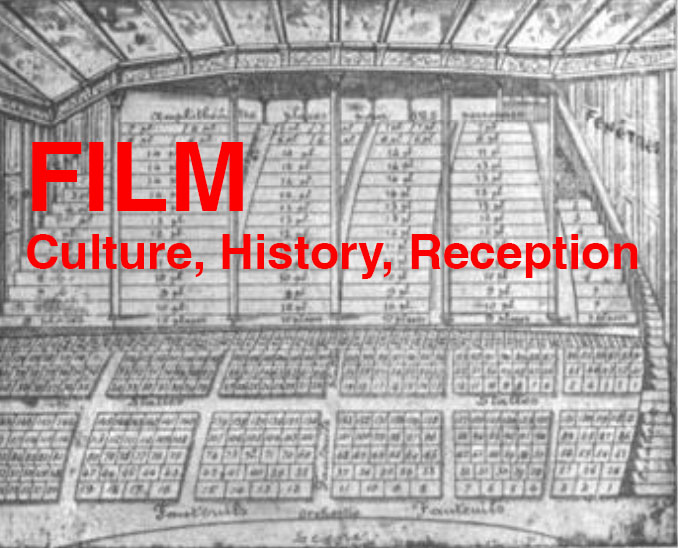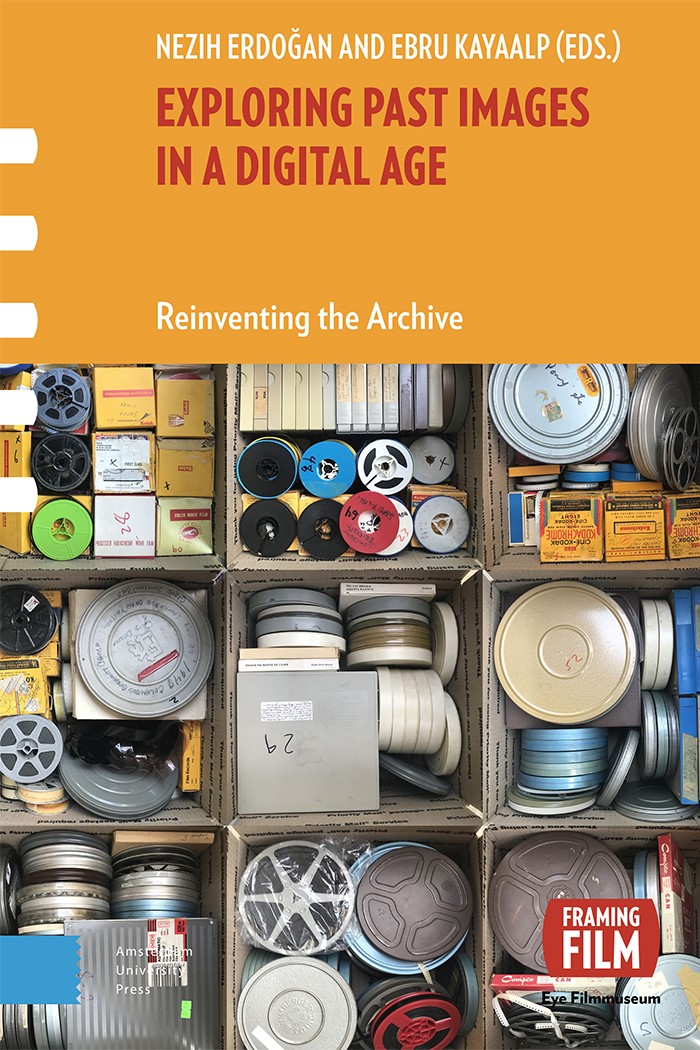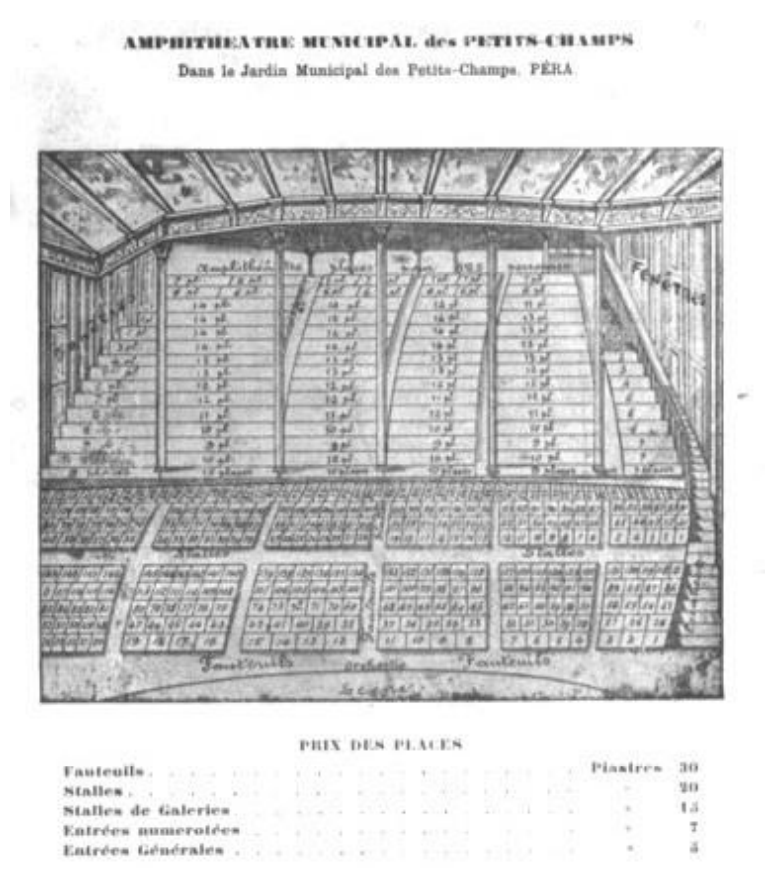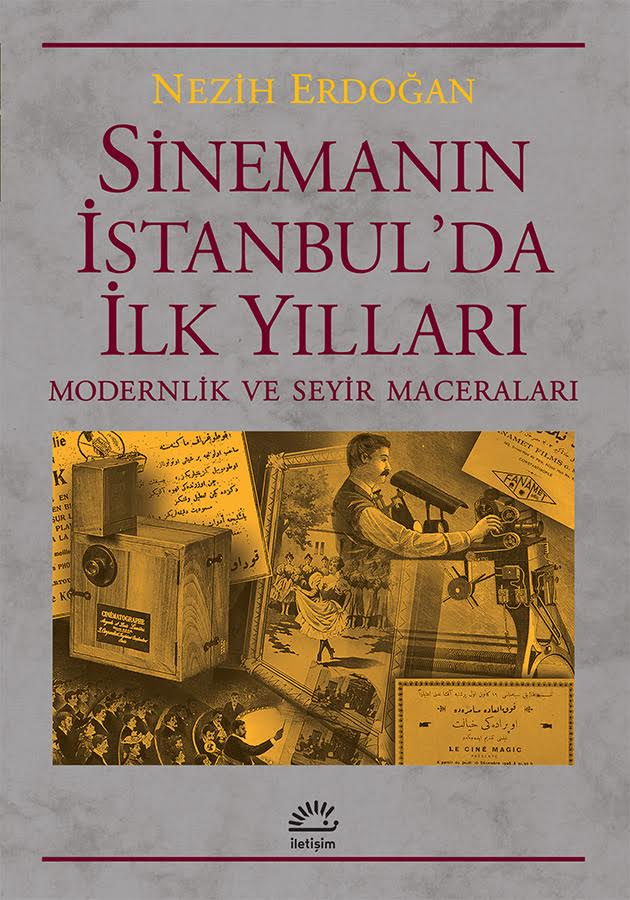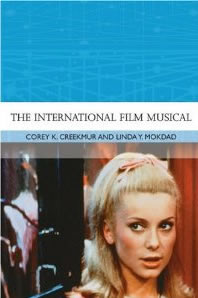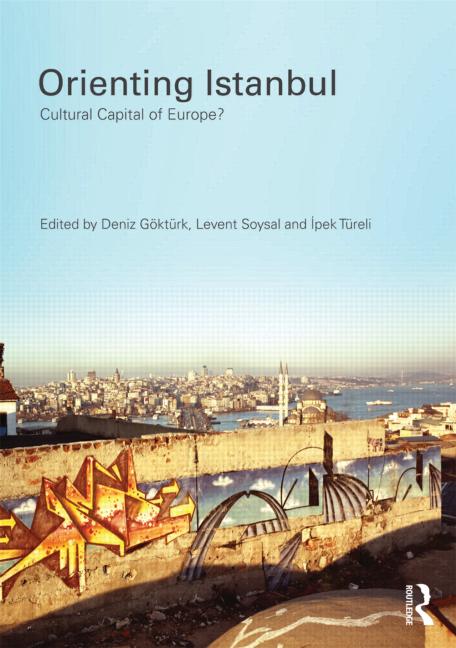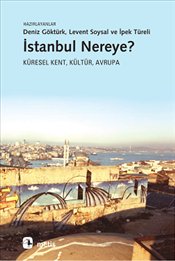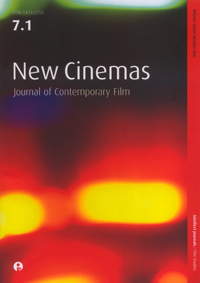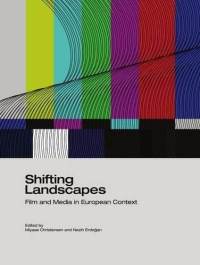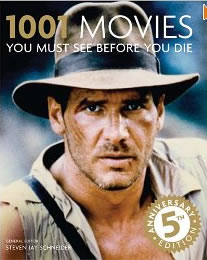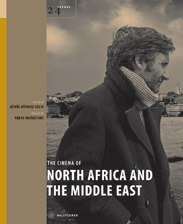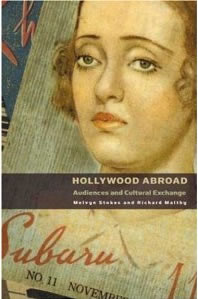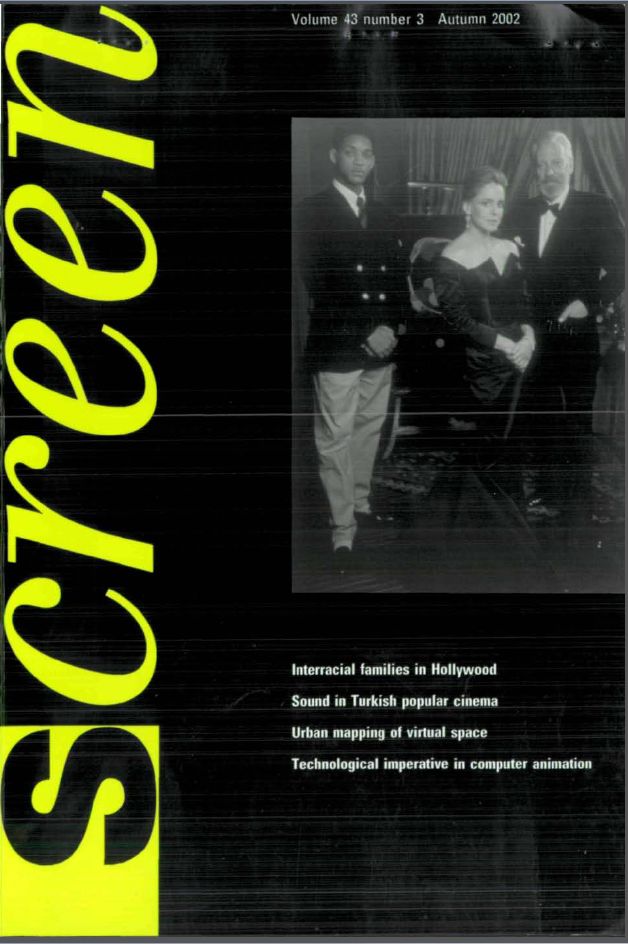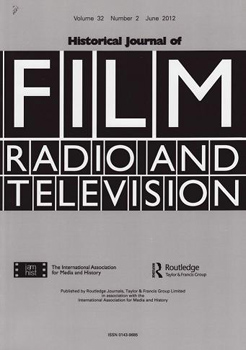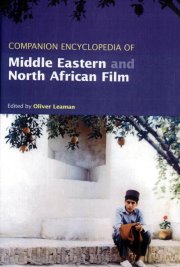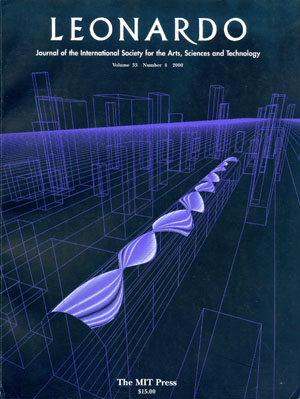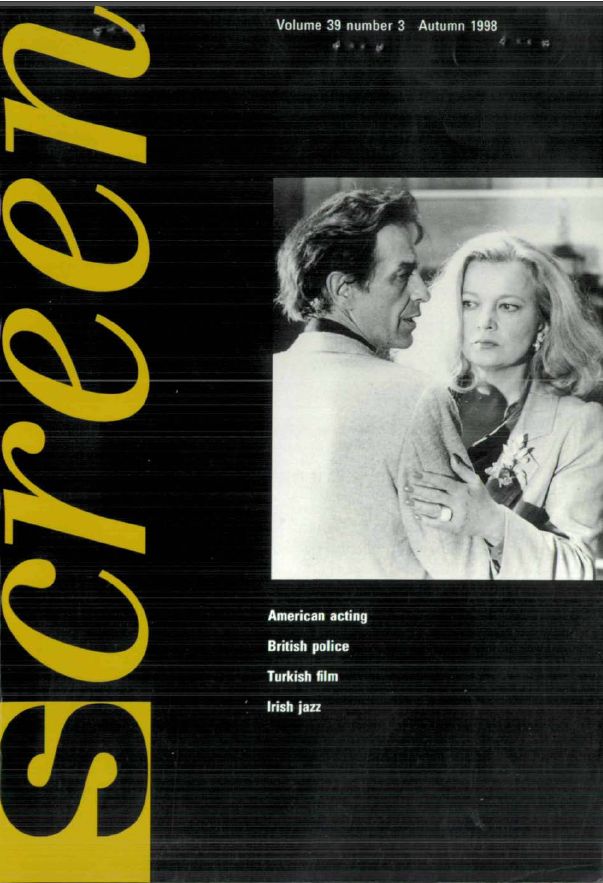Exploring Past Images in a Digital Age: Reinventing the Archive Amsterdam University Press, 2023
As we enter a new phase in our footage enhancement practice, we have acknowledged that we must prevent any manipulation of the original material in terms of content and aesthetic aspects. […] This book looks further than the initial phase of enthusiasm in which film archives started to make footage available to exploit unknown heritage and suggest new pathways to address those issues.
Arianna Turci, Head of analogue film collections at the Cinémathèque Royale de Belgique
This is a timely collection, which brings together established and emerging scholars, archivists and filmmakers. In navigating global histories and local case studies, the book offers fresh perspectives on some of the most pressing questions surrounding the future of the archive.
Tom Rice, University of St Andrews
open access - click here to downloadParticipations Volume 16, Issue 1, May, 2019
On January 30th, 1908 the Pathé Frères Cinema Theatre, the first cinema-specific building, opened in Istanbul. Istanbul newspapers watched Pathé closely and kept their readers upto-date on the recent developments in and around the cinema. In this essay, by extracting utterances (‘boring/interesting’, ‘technically successful/blurry images’, etc.) from the newspapers I will attempt to trace the institutionalisation of cinema-going and the emergence of film culture in Istanbul. News, news articles and advertisements in the newspapers provided the reader (ie, the potential viewer) with the terms to think with about cinema. These were not simply judgement values, the discourses around Pathé also cued the audience as to which horizon of expectations to employ. It is intriguing that these discourses tied technological perfection to the viewer’s aesthetic experience, putting emphasis on the realism of the images, voicing a demand for synchronisation of sound and image, and finally verisimilitude.
Keywords: Early cinema-going, emergence of film culture, realism, verisimilitude, film experience, reception.
open access - click here to download
Sinemanın İstanbul'da İlk Yılları: Modernlik ve Seyir Maceraları, İletişim, 2017
Sinemanın İstanbul'daki İlk Yılları, modernleşme tarihimizin seyir ve sinemayla gelen büyük dönüşümünü resmediyor. Bir başvuru kitabından fazlası. "Modernliğin İstanbul dediğimiz coğrafyada ete kemiğe bürünüşünde sinemanın nasıl bir payı olmuş olabilir? Arzunun 19. yüzyılda en çok görsel yollardan ifade bulduğunu ileri sürmek yanlış olmayacaktır. Bir Osmanlı şehri olarak İstanbul, çeşitleri gittikçe artan görüntüleme ve izleme aygıtlarının mutlaka yöneldikleri bir şehir idi. Bununla birlikte, bu aynı zamanda modern ve (kısmen de olsa) Avrupai başkent bir arzu nesnesi olmakla kalmadı, modern yaşamın bir koşulu olan bakma ve bakılma arzusunu kendi uzamı içinde tekrar tekrar üretti. Sinemanın şehre gelişiyle modernliğin şehrin dokusuna nüfuz etmesi, biraz da bu nedenle, bir arada düşünülmelidir."
"Turkey" in The International Film Musical (Traditions in World Cinema) Corey K. Creekmur and Linda Y. Mokdad (eds) Indiana University Press, 2012
Then something strange happens. Osman sits up and straightens out, while we continue to hear Zeki singing on the sound-track. Something attracts Osman's attention and he begins to look towards a place that is behind the camera. The shot/reverse-shot system might supply us with a shot of what he sees, but instead the scene shifts back to Zeki and Inge continuing their musical romance. Zeki's voice has penetrated the space and enveloped Osman, serving as his private diegetic song (as everyone continues to dance to the music the band is playing). It appears as if the song Zeki sings places Osman under a spell, one that finally allows him to come to his senses by seeing and acknowledging the scene that Zeki and Inge occupy. Zeki's voice has lifted two separate places to a transcendental level, where they blend into each other and become one, hence Yeşilçam's sense of unity.
keywords: film musical, Turkish popular cinema, space and sound
"The Spectator in the Making: Modernity and Cinema in Istanbul 1896-1928" in Orienting Istanbul: Cultural Capital of Europe? edited by Deniz Göktürk, Levent Soysal, İpek Türeli (eds) Routledge, 2010
In this paper I seek the trace specific conditions of Istanbul's modernity through cinema. Although I am fully aware of the fact that, both as an apparatus and as a socio-cultural institution, cinema has a standardizing and uniforming power, I believe we still need to consider the specific socio-cultural context within which the spectator is constituted and the modern city reconfigured. This chapter relies heavily on archival materials, mainly newpaper advertisements and pieces of news related in some way to cinema, extracted from the periodicals published in Istanbul between 1894 and 1928.
"Bir Seyirci Yapmak: 1896 - 1928 arası İstanbul'da Sinema ve Modernlik", İstanbul Nereye? Küresel Kent, Kültür, Avrupa içinde. Göktürk, Soysal, Türeli (eds). Metis, 2010. Bu bölümde, 'ondokuzuncu yüzyılda geliştiği haliyle sinemanın modenliğin vasıflarının tam bir bireşimi ve ifadesi' olduğunu söyleyen Leo Charney ve Vanessa Schwartz'ın yolunda, İstanbul'un modernliğinin özgül koşullarını sinema üzerinden izlemek istiyorum. Hem bir aygıt, hem de sosyo-kültürel bir kurum olarak sinemanın standartlaştırıcı ve tektipleştirici bir gücü olduğunun bilincindeyim, başka bir deyişle, başka ülkelerdeki sinemanın ilk yıllarına ilişkin yazılmış tarihlerden söyleyecek daha farklı birşeyler bulmak kolay olmasa gerek, yine de seyircinin oluştuğu ve modern şehrin yeniden konfigüre edildiği özgül sosyo-kültürel bağlamı dikkate alarak yola çıkmak gerektiğini düşünüyorum.
Bu çalışma, ağırlıkla, 1894 ve 1928 yılları arasında yayımlanmış bulunan gazete ve dergilerden çıkarılan ilanlar ve sinemayla ilgili haberlerden oluşan arşiv malzemesine dayanmaktadır.
"Star director as symptom: reflections on the reception of Fatih Akın in the Turkish media" in New Cinemas: Journal of Contemporary Film Volume 7 Issue 1 New Cinemas: Journal of Contemporary 2009
Emergence of transnational cinemas has effected a shift in the existing paradigm of national cultural identity. Critical work produced by writers such as Deniz Göktürk, Mahmut Mutman, Asuman Suner and Daniela Berghahn points to the possibilities that these films, made for the most part by directors with hyphenated identity, may offer. However, the popular discourse of newpapers and magazines appears to follow an entirely different path. Roland Barthes once said: "Those who do not read a text twice are destined to read it everywhere." This essay seeks to observe how popular media discourse writes itself into the star-director Fatih Akın, thus making him a symptom of its ideological structure.
keywords: Fatih Akın, reception, Turkish media, national identity, cultural identity, identitiy discourse, Turkish-German cinema, transnational film
http://www.intellectbooks.co.uk/journals/view-Issue,id=1726/
(edited w/Miyase Christensen) Film and Media in European Context Cambridge Scholars Press 2008
Continuity and change are the two major trends that mark European film and media vistas today. While continuity is the result of more than a century of European film and media tradition, change is brought about by technological convergence, the evolution of globalization and commercial markets and of artistic and aesthetic norms, and the ever-expanding cultural borders of Europe. Bringing together eighteen research-based analyses on topics as diverse as Europe itself, Shifting Landscapes: Film and Media in European Context presents various accounts of filmic and televisual media, text and form, mediated politics, media policy, globalization, diasporic media, multiculturalism and more. The chapters are grouped into three main sections: Identities, Borders, Industries; Migration, Space, Transnationality; and Telling Stories: Medium, Form, Message and Beyond. Employing film studies, critical social theory and cultural studies and drawing upon technological, spatial, political economic, sociological and anthropological approaches, the authors present multidimensional and multi-faceted depictions of the historical and contemporary factors that have shaped, and continue to shape, film and media in Europe. Ambitious in both its intellectual and geographical scope, this volume provides us with an innovative and original understanding of what is happening in the new and rapidly changing European cinema scene a very welcome intervention in an important cultural agenda.
Kevin Robins, City University, London
Miyase Christensen and Nezih Erdogan have edited an excellent book on film and media landscapes in the 'new' Europe of the early twenty-first century. Incorporating eighteen individual chapters in three parts, the book re-examines what 'European' media and cinema means during a period in which the geographical and cultural boundaries of 'Europe' are still shifting, the media themselves are deeply influenced by the digital revolution, and audiences for 'film' are constantly re-defining themselves. The book itself offers fresh perceptions across a range of different fields and should be of interest to all those fascinated by current trends in both film and media.
Melvyn Stokes, University College London
"Uzak" 1001 Movies You Must See Before You Die: 5th Anniversary Edition Stephen Jay Schneider (ed) October 1, 2008
The film quietly explores Mahmut's self-alienation. His bed is in the living room, a clear indication that guests are not welcome. Even his obsession with hygiene marks his efforts to remain sterile; he sniffs Yusuf's shoes and sprays them with disinfectant.
"Eşkıya/The Bandit" in The Cinema of North Africa and the Middle East Gönül Dönmez-Colin (ed) 2007
In 1996, when the long awaited Eskiya was released, the regular moviegoers, consisting mostly of university students, were surprised to see in the movie theatre a long-lost species, housewives, although temporarily, who had returned to cinema. They had come in groups and watched the film in groups. Consuming the food they brought from their homes, and noisily reacting to what was going on on the screen, they were displaying the manners they habituated while watching television in their household. After so many years, Eşkıya/The Bandit had succeeded to bring many types of audiences back to the cinema.
It is interesting to see in the reviews of the film, a tendency to represent the film, not as a work of fiction, but as a mirror which reflects the often harsh realities of Turkey. What all these reviews apparently lack in common is the ability to link the film to the general framework of cinematic experiences.
keywords: New Turkish Cinema, Yavuz Turgul
"The Making of Our America: Hollywood in a Turkish Context in Hollywood Abroad, Melvyn Stokes and Richard Maltby (eds), BFI 2005
This chapter examines the ways in which American cinema was represented in Turkey in the 1940s and the evidence that there was a growing connection between American cinema and the popular Turkish imagination in this period. In this regard, my research relies on the popular film magazines of the period as well as the memoirs and observations of writers interested in cinema. Issues of audience demand, of course, pose questions about the cultural identities involved in the experiences of identification and fantasy enjoyed by the film viewer. After describing the historical context in which American cinematic hegemony was established, I consider some of the ways in which Hollywood itself functioned as a kind of fantasy screen for the Turkish viewer.
Mute Bodies, Disembodies Voices: Notes on Sound in Turkish Popular Cinema, Screen , vol: 43, no: 3 (Autumn, 2002
In this essay I set out to define the audiovisual contract mutually conceived by the cinematic institution (here, Yeşilçam, the Turkish popular cinema of the 60s and 70s) and the viewing subject. I discuss some aspects of this contract in its relation to the body as constituted by Yeşilçam. Here, I am considering two main issues: first, understanding the practice of dubbing in a frameowrk given by the cinematic apparatus which embodies the configurations of the voice and the body; second, "loss of sight", a recurrent theme in melodrama which becomes symptomatic in its play on characters' sensory perception. These issues demand closer analysis in relation to the development of diverse sound prcatices.
(w/Dilek Kaya) Institutional Intervention in the Distribution and Exhibition of Hollywood Films in Turkey, Historical Journal of Film, Radio and Television , vol. 22, no: 1, 2002
This article focuses on the institutional powers which were, to a certain degree, involved in the distribution-exhibition of American films in Turkey. Special emphasis is given to the operations of two institutions: (1) USIS (the United States Information Services), a branch of USIA (the United States Information Agency) which sought to control the construct the American image in foreign countries which were somewhat under the threat of communism; and (2) the Turkish Censorship Board, which through its prohibitve functions, operated under the governing principles of a certain national/cultural identity with strong nationalistic and statist traits.
(w/Deniz Göktürk ), Turkish Cinema in Companion Encyclopedia of Middle Eastern and North African Film , Oliver Leaman (ed) Routledge, 2001
This entry provides a historical study of cinema in Turkey, from its early years to the late 90s, its institutions, industrial operations. It introduces its significant film-makers and actors, giving its reception abroad, as well as transnational perspectives. introducing its
(w/Ugur Güdükbay and Fatih Erol ) artist statement Beyond Tradition and Modernity: Digital Shadow Theatre (artists' statement) Leonardo vol 33, no: 4, August 2000
The text introduces a software designed to digitally animate shadow play characters (Karagöz, Hacivat, etc), exemplifying how traditional forms can be adapted to contemporary media.
Narratives of Resistance: National Identity and Ambivalence in the Turkish Melodrama between 1965 and 1975 Screen vol 39, no: 3 Autumn 1998
In this essay I examine the dynamics by which Turkish popular cinema describes a national identity, and I attempt to demonstrate how the specificity of this identity can be seen in the very way it mimics and resists others. I focus on "the discourse of the national identity as derivative of colonial discourse" as articulated by Turkish popular cinema, namely Yeşilçam.
